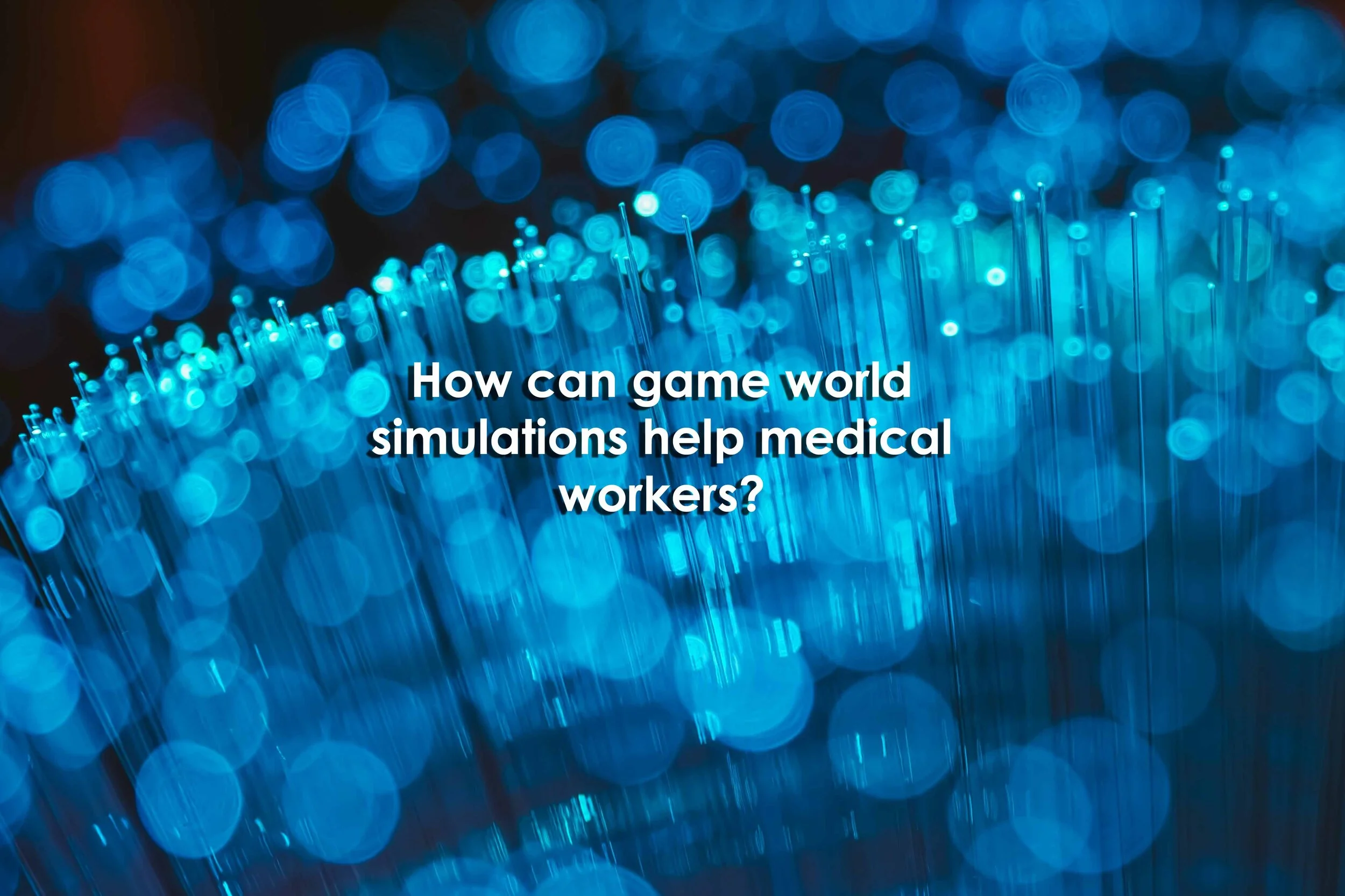How can game world simulations help medical workers?
How can game world simulations help medical workers?
How can game world simulations help medical workers?
By David Chandross
April 6, 2020
Summary
The combination of an immersive 3D video game and real-time voice communications created a reassuring space when the external world was cut off.
A game world is an alternate world that can transport users to virtual worlds.
Perhaps most importantly, a game world is not a game.
Visiting a game world is like visiting a city or a continent, or even the inside of an emergency room where rules, called game mechanics, govern the players' abilities.
Currently with the World Food Program, our team - consisting of a video game company, learning professionals and UN subject experts in Rome - is building a fully immersive exploration game.
We are working on building a game world for UN staff that will help them learn how to protect vulnerable populations and how to be accountable in their field work.
The game world features multiple engagement loops that make it attractive to participate in.
People's capacities to recall text they read is limited in the short term, and their memory of it diminishes over the long term, but when people learn procedures through a video game world they show high engagement and retain the information.
A game world has its own "Digital physics," not real-world physics, thus separating it from simulation.
A game world is a place where new things can be created and the person lives among fantasy objects.
Reference
Chandross, D. (2021, April 06). How virtual worlds could soon become essential training tools. Retrieved July 21, 2021, from https://www.weforum.org/agenda/2021/04/video-games-virtual-reality-training-health-humanitarian-fields/


